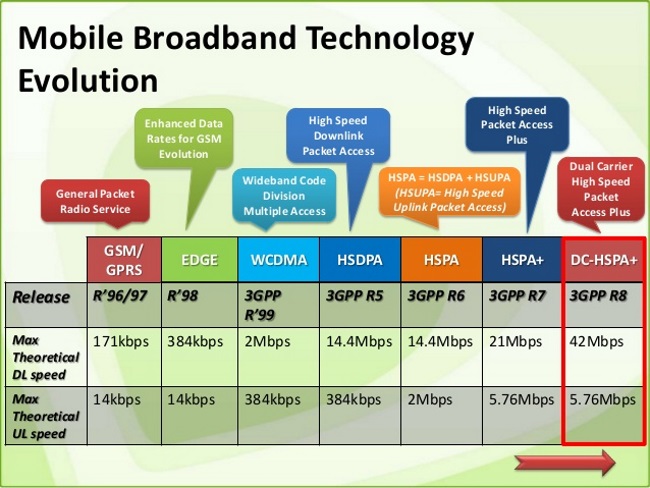Internet is a small word but contains a world within itself. We cannot imagine our life without it now. It has become our absolute necessity that we cannot survive without.
With all the technological advancements, the internet is becoming more efficient and sophisticated. Almost every little thing is connected to the internet which plays a vital role in our lives. The internet of things is a new phrase, actually the name of a new era. I believe that this new era is known as the internet of things because tech freaks are trying to connect everything with the internet. With this evolution in technology came a significant evolution to the internet as well.
Remember the pain of connecting your computer to a dial-up connection, I know we all can feel each other here. Such a pain! Oh good Lord, thank you for giving us the broadband connection. If you remember, you couldn’t use your phone while using the internet which was quite annoying. Plus the slow speed, Oh God! But thanks to the technological advancements and researchers for providing us with broadband. You can use your phone simultaneously with the internet and the speed is minimally 10 times faster than dial up connections.
There are still a few internet service providers that don’t allow complete access to the internet, some resources are inaccessible.
Net Neutrality:
Net neutrality is a basic right of every internet user and it prohibits internet service providers from speeding up, slowing down or blocking any content, applications or websites you want to use. The principle is that everybody has equal right to reach anything over internet and no company has the right to slow down, break up or censor the content. It’s the way the internet has always worked.
Era of Broadband:
Broadband wasn’t the same as it is today. The era of technology started in the 1990’s and since then, the development is still progressing.
Broadband feels like total bliss after the pain we felt from dial up connections. Back then, technology wasn’t as advanced and we couldn’t enjoy high speed internet and phone on the same telephone line without any hassle, but now it is a normal thing.
The arrival of broadband allowed us to download music, files, media, etc., at much faster speeds. These simple tasks used to take hours on the old dial up connections. Consequently, you can now enjoy YouTube, Daily motion, and more, with such ease. With dial up you couldn’t, because the connection speeds only provided 56 kbps. Right?
Broadband costly or cost-effective?
When broadband was first introduced in the market, it was quite costly and only a few people could get it. But now, almost everyone has it and is benefiting from the speed.
Then a competition began among internet service providers and they made it quite economical and handy to almost everyone.
New technologies have emerged, like 3G and 4G which provide fast and reliable mobile internet at amazingly high speeds, allowing you to even download things on your phone. Due to the new internet cable connections you can enjoy speeds up to 1 GB or 1,000 Mbps.
Broadband in the United States:
In the U.S., broadband technology has been in use since 1997 and according to a survey, the number of broadband users grows every year. By providing high-speed internet service to consumers, broadband providers have seen rapid growth in the broadband internet sector.
And, no kidding, according to a survey, almost 97% of digital subscriber line (DSL) providers enable their customers to see the speeds they actually advertised, which is remarkable. According to another survey almost around 98% of the household contain broadband and enjoy the speed of minimum 10 Mbps which is still 10 times the speed of dial up connection.
Another report shows that around $21 billion in revenue has been generated by the internet service providers over the last 10 years.
Broadband in the U.S. compared to Europe:
According to a comparison, there are better internet service providers within the United States rather than in Europe. And around 85 percent of Americans enjoy speeds of 100 Mbps, whereas among all European internet users, only 35% enjoy speeds of 30 Mbps, the others experience even lesser speeds.
Future of the internet technology:
Now the internet is said to be providing speeds in terabytes per second, which is quite an achievement. You can access things over the internet in the blink of an eye. Fiber to the home (FTTH) placement can eliminate the speed limitations of broadband and allow you to enjoy the amazingness of high-speed internet.
Now, the era of the internet is leaning towards fiber optics access which can transfer bytes of information in a matter of seconds. Heavy files can be uploaded and downloaded in the blink of an eye.
